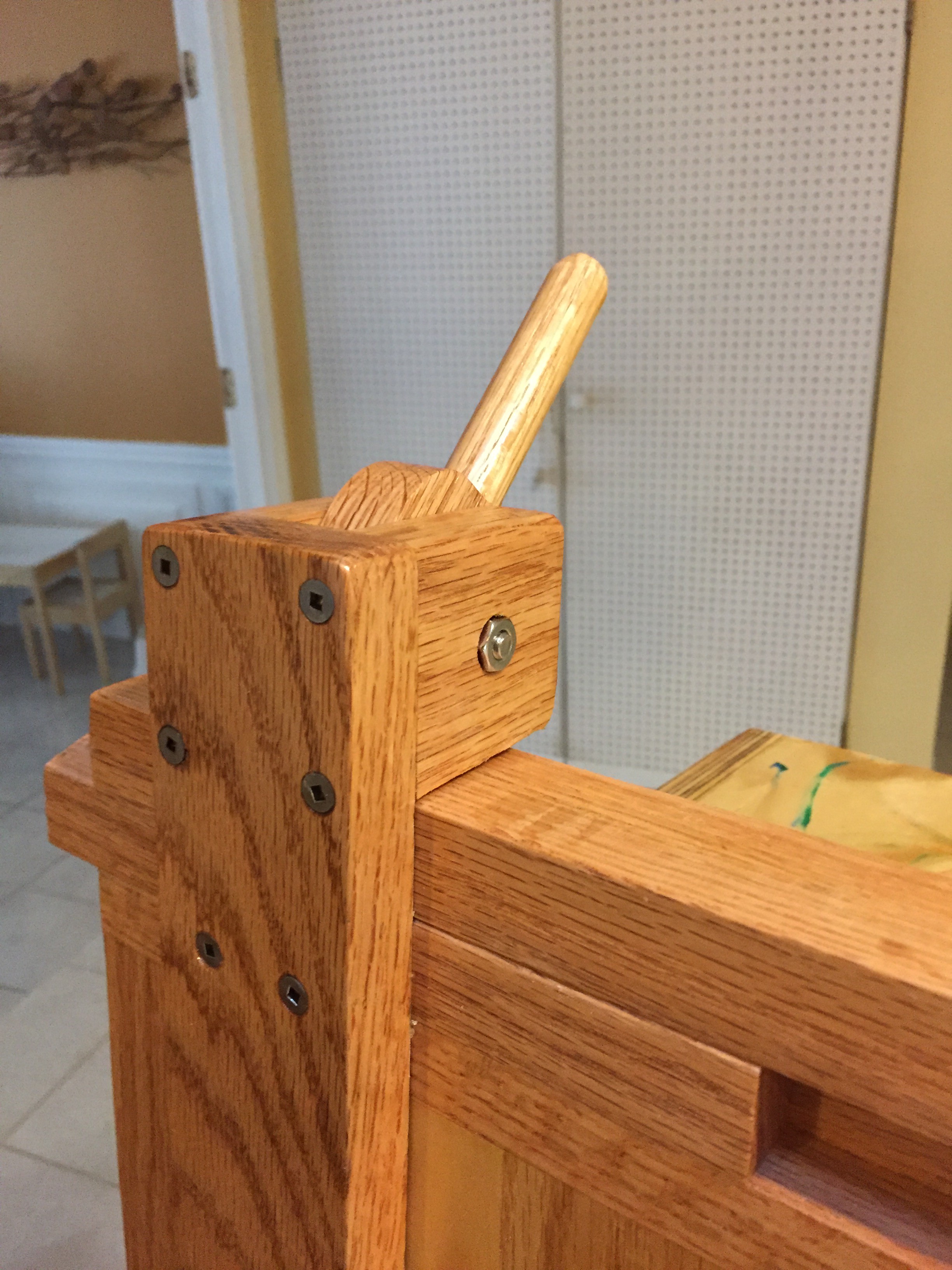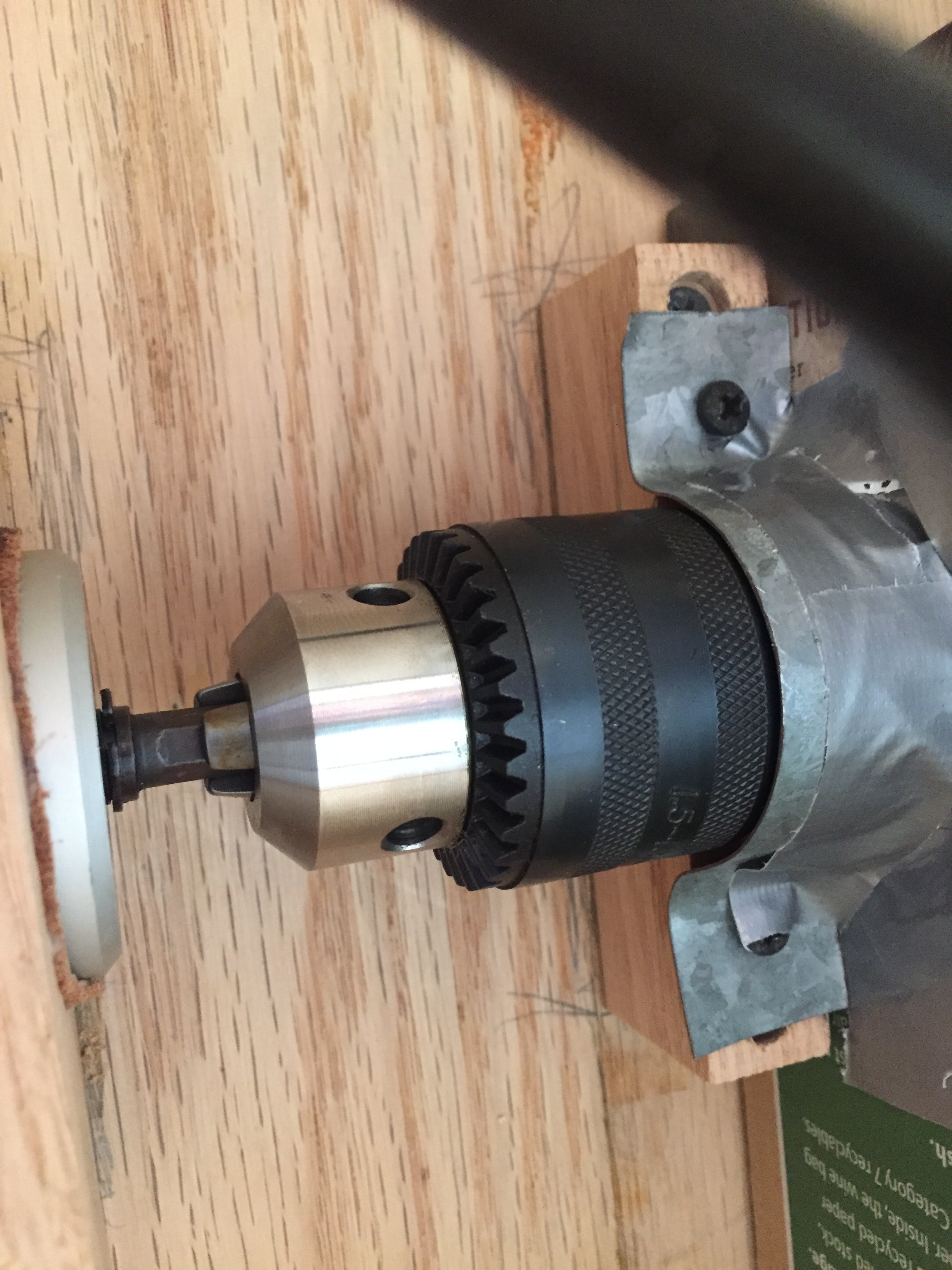I saw this Hackaday Article based on this project and decided to build my own version for my kids. I've made a couple changes from the design that was show in that project and wanted to share those along with my thoughts.
Summary of Changes / DIfferences
- Used scrap plywood for top and body (see post about top)
- Ground Out nibbler discharge port
- Variable Speed adjustment knob
- Hot Air discharge port
 Nathan Brown
Nathan Brown















 Edward Li
Edward Li
 A.L
A.L
 Jihen Ben chikha
Jihen Ben chikha
I am just about to finish a similar saw for my kids. I hit the same road block with the discharge port. I will try to grind it.
Is your saw still running well? Any changes made since initial construction?